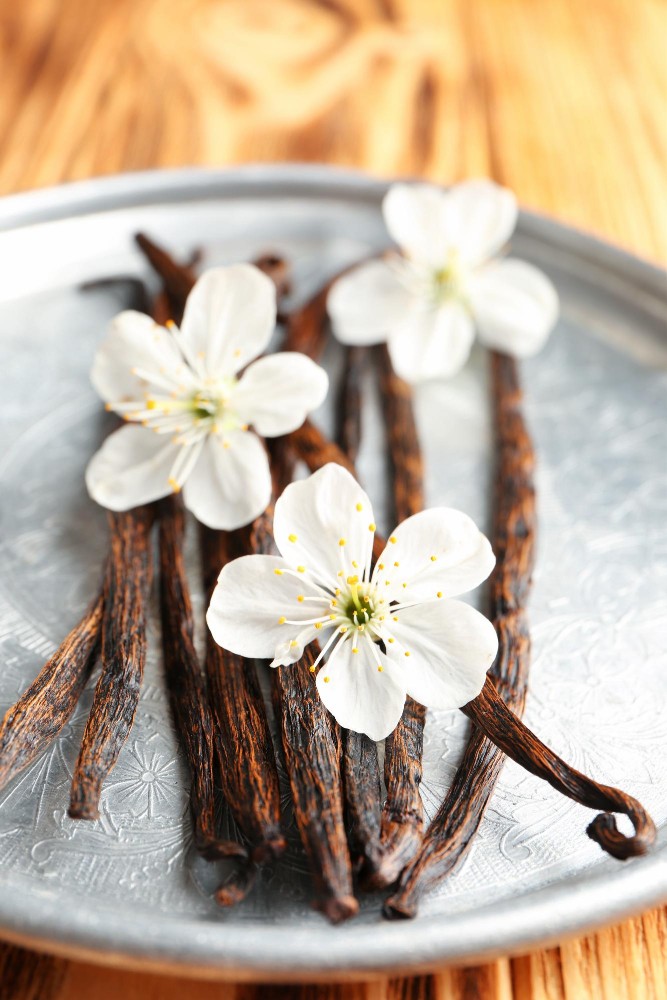Poured candles are among the most popular creations in the world of artisanal candles. They allow you to create diverse shapes, experiment with colors and scents, while ensuring a clean and steady burn. Rapeseed wax is increasingly becoming a top choice for making poured candles due to its numerous ecological and technical advantages. This article will guide you in selecting the best rapeseed wax and provide tips for making successful poured candles.
What is Rapeseed Wax?
Rapeseed wax is a vegetable wax derived from the oil extracted from rapeseed (also known as canola in some regions). Rapeseed is a plant mainly cultivated in Europe and North America. This wax is produced through a hydrogenation process, similar to how soy wax is made.
Origin of Rapeseed Wax
Rapeseed is primarily grown for cooking oil production, but the by-products of the oil extraction process are also used to create industrial products like wax. As a by-product, rapeseed wax is a sustainable and economical choice. Unlike paraffin, which is derived from petroleum, or beeswax, which comes from animals, rapeseed wax is a 100% plant-based, renewable, and biodegradable alternative.
Why Choose Rapeseed Wax for Poured Candles?
Rapeseed wax offers significant benefits for poured candles. It is environmentally friendly and provides excellent burning properties. Its smooth, creamy texture combined with its ability to hold fragrances and colors makes it an ideal choice for creating high-quality artisanal candles.
The Benefits of Rapeseed Wax for Poured Candles
Renewable and Locally Sourced
One of the main advantages of rapeseed wax is that it is often produced locally in Europe, thus reducing the carbon footprint associated with transportation. Unlike palm or soy oils, which are sometimes linked to deforestation, rapeseed is often grown in European fields. This makes it a local and sustainable option for candle makers looking to minimize their environmental impact.
Clean and Steady Burn
Rapeseed wax burns very cleanly, producing little to no soot, which is especially important when making candles for indoor use, as soot can stain furniture or walls. Additionally, rapeseed wax is known for its steady burn, meaning your candles will burn evenly and last longer compared to other types of wax.
Ideal Melting Point for Poured Candles
Rapeseed wax has a slightly higher melting point than soy wax, allowing for poured candles that are more resistant to heat and better suited for warmer climates. This higher melting point also helps achieve a smoother surface after pouring, without cracks or imperfections, which is essential for aesthetically pleasing candles.
Rapeseed Wax vs. Soy Wax: Which is Better for Poured Candles?
If you are familiar with candle making, you’ve probably heard of the two major plant-based waxes: soy wax and rapeseed wax. While similar, they have a few notable differences, especially for poured candles.
Texture and Final Appearance
Soy wax is slightly softer than rapeseed wax, which can make it better suited for container candles. However, for poured candles requiring better durability and a smooth finish, rapeseed wax offers an advantage with its more rigid texture and ability to create flawless surfaces.
Burn Time
In general, rapeseed wax has a longer burn time than soy wax due to its denser molecular structure. This means your poured rapeseed candles will burn slower, making them ideal for those who want longer-lasting creations.
Environmental Impact
While both waxes are plant-based and renewable, rapeseed wax has the advantage of being locally produced, reducing the carbon emissions associated with transportation. Additionally, rapeseed is less controversial compared to soy, which is often linked to deforestation in South America.
Criteria for Choosing the Best Rapeseed Wax
To achieve the best results in making your poured candles, it’s crucial to choose the right rapeseed wax. Here are the key factors to consider:
Pureté de la cire
It’s important to choose pure rapeseed wax without any unwanted additives or blends. Some cheaper waxes may contain paraffin or other synthetic ingredients, which can affect the quality of your candles. Opt for waxes labeled as 100% natural and plant-based.
Melting Point and Burn Performance
The melting point is a key aspect to check when buying rapeseed wax. A higher melting point will allow your candles to better withstand high ambient temperatures and have a longer burn time. Also, check the burn performance indicated by the manufacturer to ensure clean burning with no residue.
Fragrance Retention and Scent Throw
A good wax should be able to hold and effectively diffuse fragrances. Rapeseed wax excels in this area, particularly for poured scented candles. Choose a wax tested for fragrance retention to ensure your candles will fill a room with aroma for a long time.
Steps for Pouring Candles with Rapeseed Wax
Step 1: Prepare Your Tools and Materials
Before starting, ensure you have all the necessary tools: silicone or metal molds, a wax thermometer, wicks, and of course, high-quality rapeseed wax. Also, work in a well-ventilated and clean area to prevent impurities from contaminating your wax.
Step 2: Melt the Wax
Melt the rapeseed wax using a double boiler or a controlled-temperature pot. The ideal temperature is usually between 65 and 75°C. Avoid overheating the wax, as this can affect its ability to hold fragrance and cause cracks during cooling.
Step 3: Add Colorants and Fragrances (Optional)
Once the wax is fully melted, you can add colorants or essential oils to scent your candles. It’s important to add the fragrances when the wax is slightly cooler (around 55°C) to preserve the integrity of the oils.
Step 4: Pour the Wax into the Molds
Slowly pour the melted wax into the molds, making sure to center the wicks beforehand. Use wick holders to keep them straight as the wax cools and solidifies.
Step 5: Let Cool and Unmold
Allow your candles to cool slowly at room temperature. Once completely solidified, gently unmold them to avoid damaging the surface. Rapeseed wax tends to shrink slightly as it cools, making unmolding easier.
Tips for Optimizing the Use of Rapeseed Wax
Optimal Pouring Temperature
Pouring temperature is key to achieving a smooth and even finish. If the wax is poured too hot, it may create air bubbles or surface irregularities. It’s recommended to pour the wax at a temperature between 50 and 60°C, depending on the type of mold used and the candle's thickness.
Choosing the Right Wicks
Selecting the right wick is crucial for ensuring optimal burning of your rapeseed wax candles. Cotton wicks are often preferred as they burn cleanly and evenly. Be sure to choose a wick with a diameter suited to the size of your candle to avoid it extinguishing or producing an overly large flame.
Rapeseed wax is an excellent option for poured candles, combining sustainability, burning performance, and ecological benefits. By following the tips in this article, you’ll be able to choose the best rapeseed wax and create high-quality poured candles, whether for personal use or for sale. With its unique properties, rapeseed wax allows you to craft environmentally friendly candles that burn cleanly and diffuse scents perfectly.
Frequently Asked Questions
Why use rapeseed wax for poured candles?
Rapeseed wax is sustainable, local, and provides a clean and steady burn. It also creates smooth candles with no cracks or imperfections.
What’s the difference between rapeseed wax and soy wax?
Rapeseed wax has a higher melting point than soy wax, making it better suited for heat-resistant poured candles. It also has a longer burn time.
How do you choose quality rapeseed wax?
Opt for pure rapeseed wax without additives, with an appropriate melting point, and good fragrance retention performance.
Can you mix rapeseed wax with other waxes?
Yes, rapeseed wax can be blended with other vegetable waxes like coconut wax or soy wax to improve characteristics like texture or fragrance diffusion.
At what temperature should you pour rapeseed wax?
The ideal pouring temperature is between 50 and 60°C to avoid air bubbles and ensure a smooth finish.
Is rapeseed wax suitable for scented candles?
Absolutely. Rapeseed wax is excellent for holding and diffusing fragrances, making it a great choice for scented candles.



